Home / Albums / Tag Century:19th 870

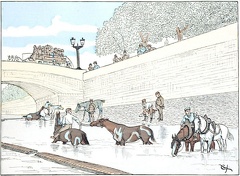 The waterer of the Louis XV bridge
The waterer of the Louis XV bridge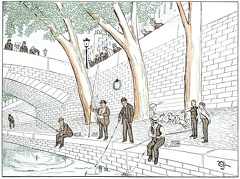 Parisian fishermen ( Quai d'Orsay )
Parisian fishermen ( Quai d'Orsay )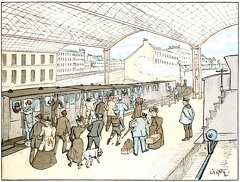 Suburban train ( Gare Saint-Lazare )
Suburban train ( Gare Saint-Lazare ) Ambulant Merchants ( Rue Montmartre )
Ambulant Merchants ( Rue Montmartre )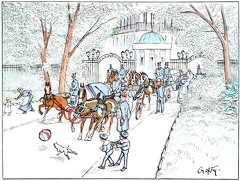 Monceau Park
Monceau Park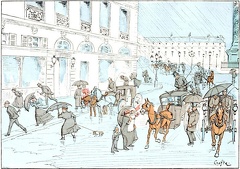 A show ( Place Vendôme )
A show ( Place Vendôme )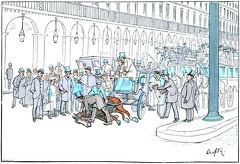 An accident ( Rue de Rivoli )
An accident ( Rue de Rivoli )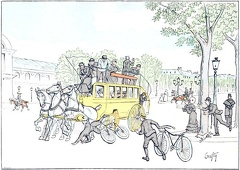 Meeting ( Champs-Élysées )
Meeting ( Champs-Élysées )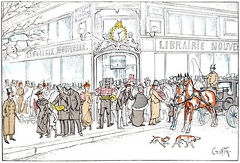 At the bookstore ( Boulevard des Italiens )
At the bookstore ( Boulevard des Italiens )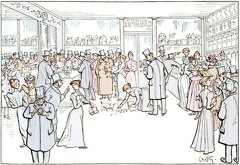 At the confectioner ( Boulevard de la Madeleine )
At the confectioner ( Boulevard de la Madeleine )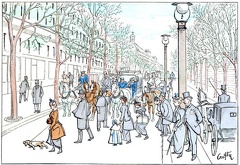 A refuge ( Line of large boulevards )
A refuge ( Line of large boulevards )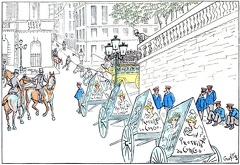 Men-posters ( Place de la Concorde )
Men-posters ( Place de la Concorde )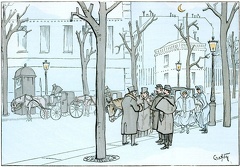 Midnight past ( New boulevards )
Midnight past ( New boulevards )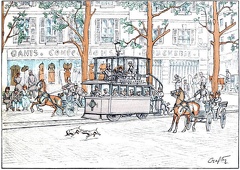 An electric tramway ( Rue Tronchet )
An electric tramway ( Rue Tronchet )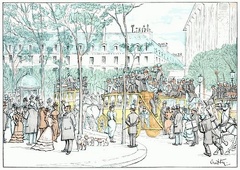 An omnibus station ( Place de la Madeleine )
An omnibus station ( Place de la Madeleine )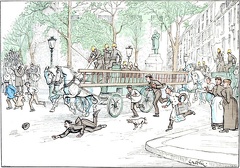 A fire ( Place of the School of Medicine )
A fire ( Place of the School of Medicine )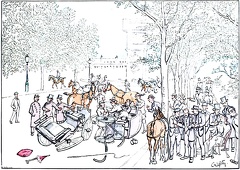 Results ( The Breakdown Club)
Results ( The Breakdown Club)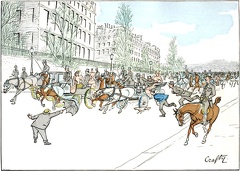 Packing ( Avenue du Bois de Boulogne)
Packing ( Avenue du Bois de Boulogne) The Cook and Co Agency Cars ( Vendôme column )
The Cook and Co Agency Cars ( Vendôme column )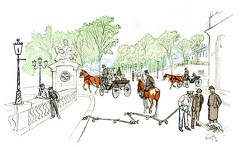 an incident
an incident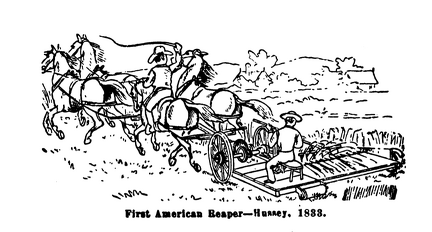 First American Reaper - Hussey
First American Reaper - Hussey An early illustration of the octagonal scarificator
An early illustration of the octagonal scarificator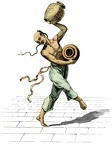 A juggler
A juggler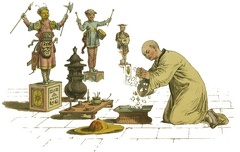 An offering in the temple
An offering in the temple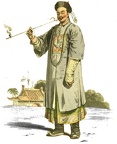 A Mandarin
A Mandarin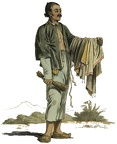 A man servant
A man servant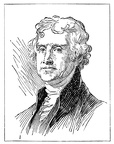 Thomas Jefferson
Thomas Jefferson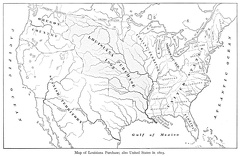 Map of Louisiana Purchase
Map of Louisiana Purchase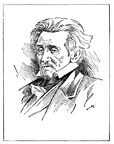 Andrew Jackson
Andrew Jackson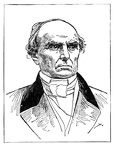 Daniel Webster
Daniel Webster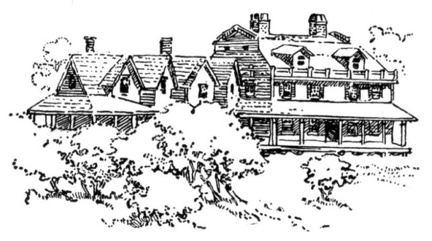 Marshfield—Home of Daniel Webster
Marshfield—Home of Daniel Webster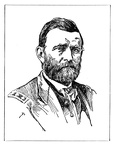 Ulysses S. Grant
Ulysses S. Grant Edison with his Phonograph
Edison with his Phonograph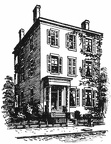 Richmond Residence
Richmond Residence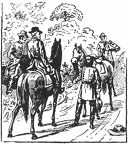 Pickett's Return
Pickett's Return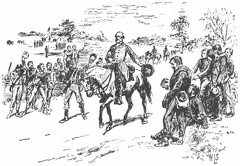 Lee Leaving Appomattox
Lee Leaving Appomattox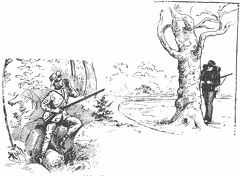 Johnny Reb and Billy Yank
Johnny Reb and Billy Yank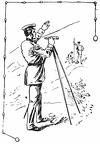 Engineer
Engineer College Chapel
College Chapel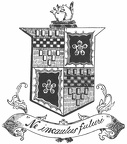 Coat of Arms
Coat of Arms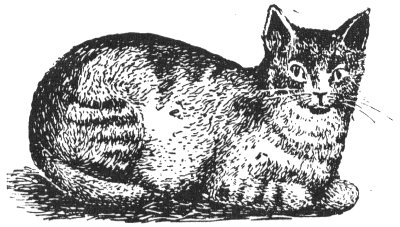 Tom Tita
Tom Tita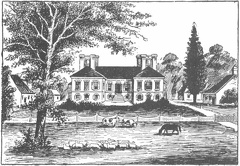 Stratford
Stratford Signature
Signature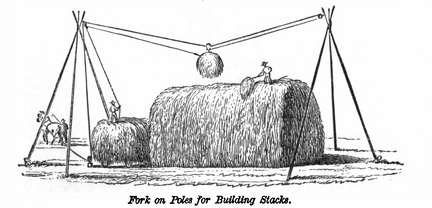 Building Hay stacks
Building Hay stacks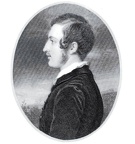 Prince Albert as a young man
Prince Albert as a young man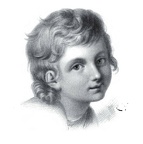 Prince Albert as a child
Prince Albert as a child Lancer of the army of the Sultan of Begharmi
Lancer of the army of the Sultan of Begharmi Dumont d'Urville
Dumont d'Urville Beluchistan warriors
Beluchistan warriors Temple of Jupiter Ammon
Temple of Jupiter Ammon Réné Caillié
Réné Caillié John Lewis Burckhardt
John Lewis Burckhardt Street Porter with knot
Street Porter with knot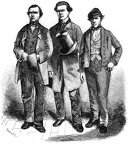 Ticket-of-leave men
Ticket-of-leave men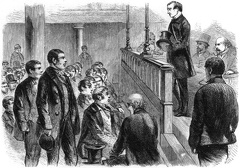 Ticket-of-leave meeting
Ticket-of-leave meeting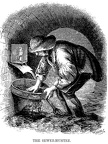 The Sewer-hunter
The Sewer-hunter Robins’ Balistic Pendulum
Robins’ Balistic Pendulum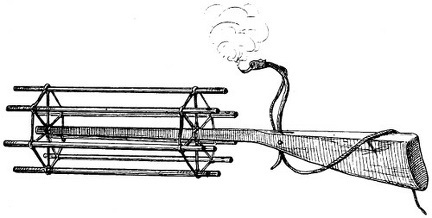 Revolving Barrelled Matchlock
Revolving Barrelled Matchlock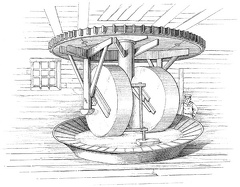 Powder Mill
Powder Mill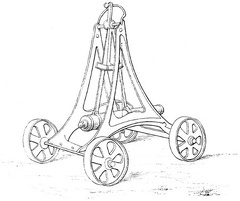 Old Eprouvette Pendulum
Old Eprouvette Pendulum



